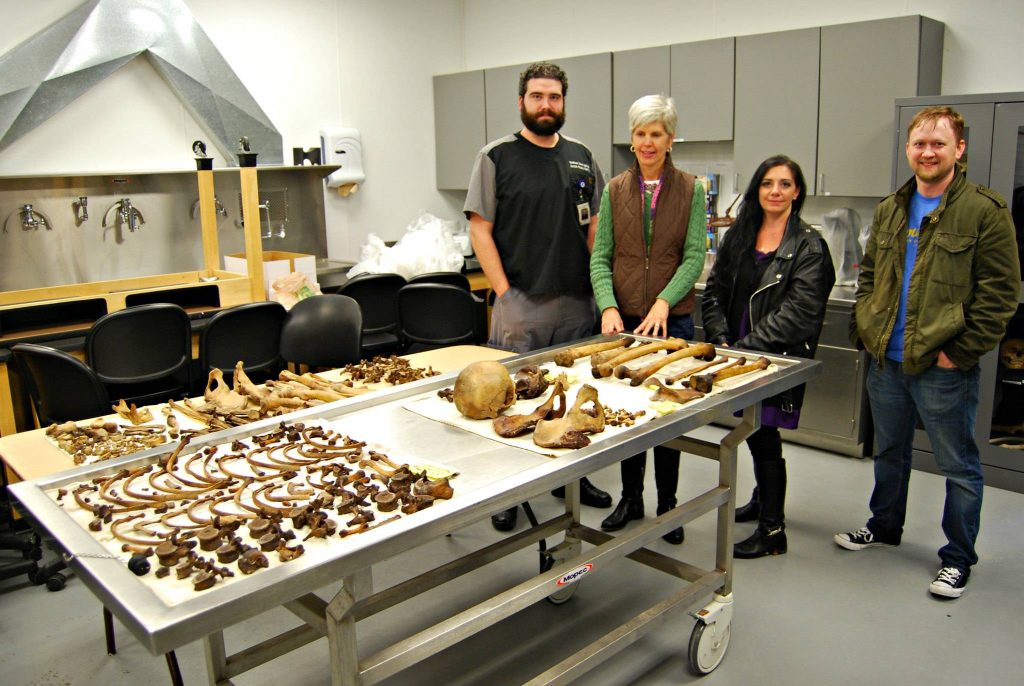It bugs the hell out of me why this has not been solved.
Why Serial Killers Kill: Child Abuse from the 1940s to the 2010s
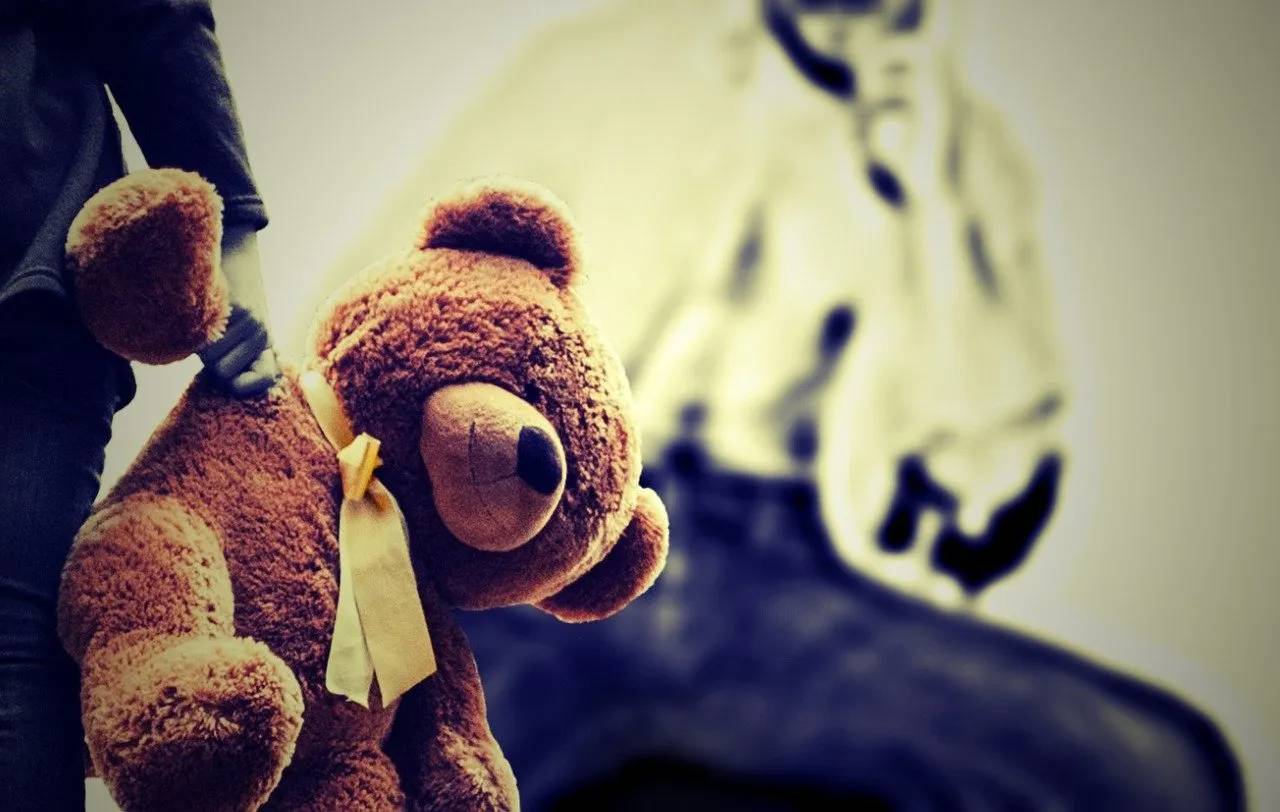
Exploring the connection between child abuse, violent crime, and serial killers, as one of the reasons why serial killers kill. This article contains examples, studies, research, and information regarding child abuse from the 1940s to the 2010s.
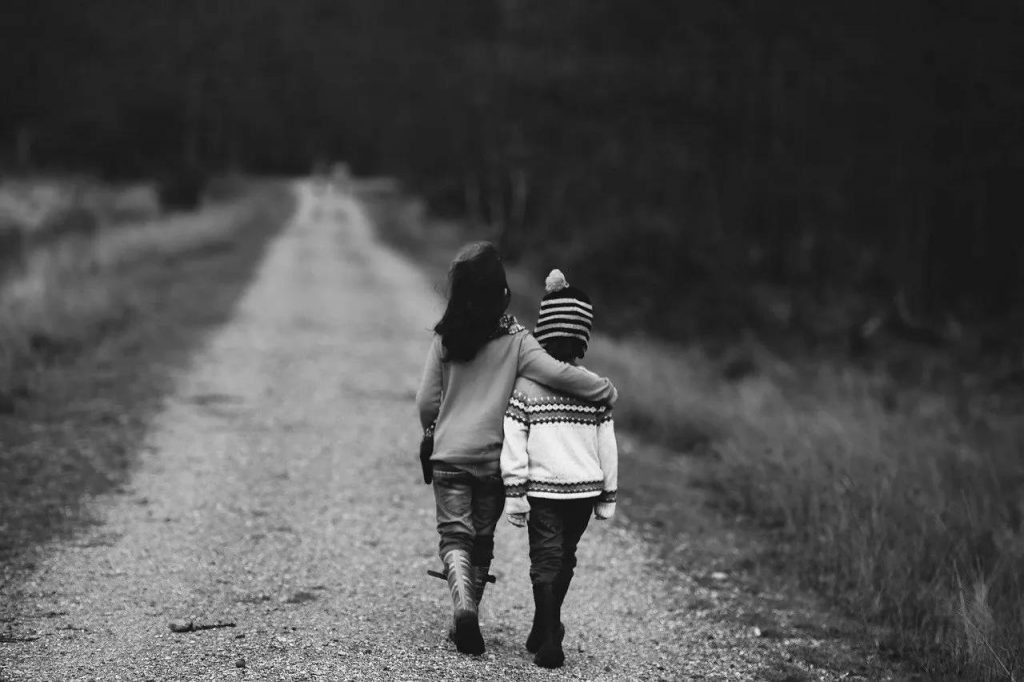
Child Abuse from the 1940s-1960s
We look at this period because the most active era of serial killers was in the 1970s and 1980s, when children born from the 1940s were becoming adults.
One of the most difficult areas to research has been the data surrounding child abuse from the 1940s to 1960s. This is considered during and after World War Two but pre-1970. Child abuse is one of the reasons why serial killers kill.
Most serial killers who were either active, caught, or started from 1970, were around the age of 30-years-old and were mostly white males.
As of 2016, an astonishing 90.8% of serial killers were white males.
Disconnected world of the mid-20th Century
Statistics show that most children are abused from the age of five-years-old and upwards for reasons including social, physical, and cultural.
In the disconnected world of the mid-20th Century, most child abuse cases never reached the attention of the authorities. It is reported that when they did, the response from welfare workers was mostly inadequate.
In the recent Northern Irish Historical Institutional Abuse Inquiry, a lot of information and data was sent out into the public domain. There seemed to be a lack of joined up thinking and urgency up until the 1980s.
This would have mostly been down to World War Two. Pre-1950, children who were abused were often depicted as unintelligent and slow in mind, as well as being sexually active themselves.
Children were placed into categories of sexual knowledge
Before World War Two, and for some time after, welfare workers tended to place children into categories of sexual knowledge. By doing so, most children then became culpable for eliciting abuse from adults.
To think this was only recent history is astonishing enough, but that was only the beginning.
In over 2,000 cases studied from 1927 to 1954, half the victims were under seven-years-old. Even then, they were not always portrayed as being the innocent party in the abuse. Less so if they were from a working-class background.
In the British wartime evacuation of children from the cities, there had been a rise in young prostitution. This only served to move attention away from abuse.
In another astonishing fact, during the evacuation of 827,000 children, only six psychiatric social workers were available during their removal.
It’s obviously agreed that during wartime, there was a prevalence to have these kinds of workers elsewhere. Yet, the chaos of World War Two on both sides of the Atlantic can never be underestimated.
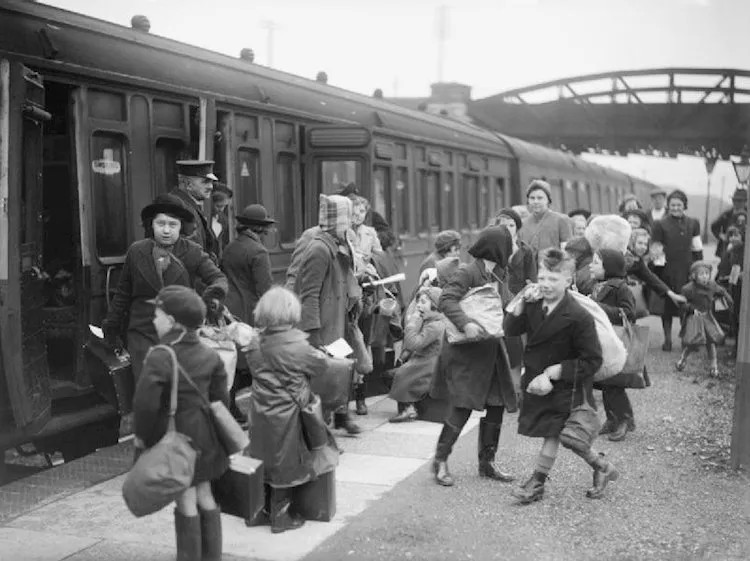
Social systems built around neglect and downplay
The Baby Boomer generation from 1946 to 1964 are also seen as being partially to blame for the rise and nonchalance regarding the abuse of children.
Changes in social work and care saw a system that was open to neglect and abuse itself. Families were no longer being interviewed, especially foster parents and stepparents. Having young people in the workplace was still the way forward.
Those from impoverished backgrounds were even more at risk. Record keeping was exceedingly rare, and siblings were often separated in the years that followed the war.
In the United States and across the Western world, there became a large focus on mother-child relationships. The focus was the challenge of promoting marital bliss.
There was a commitment from governments to keep family members at home and families together in a projected harmony of circumstance.
This meant that child abuse in all its forms was never seen as a good enough reason to remove that child from a family environment. In most cases there had deemed to be consent by the child.
Some did not understand the abuse was wrong, and others were indifferent to it happening.
The downplay on post-war child abuse was obvious. They might as well have brushed any evidence of it under the carpet.
Childhood abuse is one of the major factors when looking at why some people become serial killers.
The link between child abuse and serial killers
Childhood abuse throughout the 1950s and 1960s was being brushed aside. Disconnected authorities wrangled with families and the law, with most not knowing what needed to be done or even acknowledging it was taking place.
There was more concern placed on the promiscuity of sexually active young people than there was for actual abuse. There was little interest in framing anyone as a victim of sexual abuse.
When child abuse was talked about in the 1950s and 1960s, it was regarded as delinquency or blamed on parents from foreign countries. The sexual abuse against young boys was even less talked about.
There is a link between childhood abuse and those who go onto commit violent crimes. A 2005 report of 50 serial killers showed that 68% of serial killers suffered from childhood maltreatment of some kind.
It’s important to understand what abuse is, as there are different ways of understanding it. The most common types are:
Physical abuse.
Violence and bullying towards another.
Sexual abuse.
Sexual violence and forced interaction with another.
Psychological abuse.
Emotional and controlling attitudes, along with neglect.
People make the obvious connection with sexual abuse in children as a precursor to later violence in adulthood and teen years. That’s not always accurate but it has the evidence to back it up.
In the same report, it was shown that 26% suffered sexual abuse and 35% suffered physical abuse. Half of everyone in the study suffered some type of psychological abuse from adults or older children.
Child abuse is common with serial killers but the results of the studies themselves are always brought into question.
A suspected 95% of child abuse went unreported before the 1980s
Most of the data is retrieved from third parties, who sometimes only have a tenuous connection to the serial killer in question. There is also the knowledge that a suspected 95% of child abuse went unreported before the 1980s.
It still goes mostly unreported today.
Any study involving childhood abuse and serial killers draws only from substantiated reports from social workers. Thus, the scale of child abuse throughout the 20th Century could potentially be monstrously high.
Because child abuse from the post-war period was rarely recognised in the morally and lawful way we see it today, the information is not forthcoming.
Statistics on child abuse from the 1940s and all the way through the early 1970s are flawed.
Data wasn’t kept properly, victims were made to feel like victims, and any statistics that do come out of the period are mostly assumed to be the tip of an exceptionally large iceberg.
More importantly, people kept getting away with it.
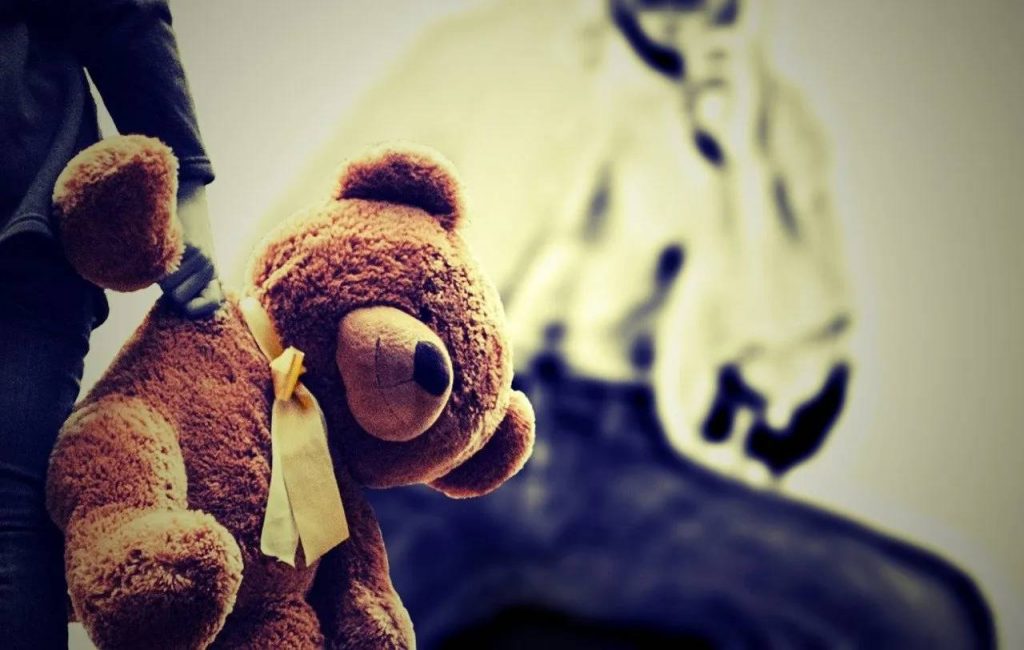
Why were so many children abused during, after, and beyond World War Two?
Most people ask why because they have a strong emotional connection to the question itself. The answer is not easy, the reasons are even harder.
It’s especially important to note that these are common factors and should not be taken as overriding examples of those who might go on to abuse children.
There are often more deeper factors involved.
Control.
A person who has control over a child might develop a sexual interest in them.
Betrayal.
They overcome the trust of the child and in doing so break down their own moral barriers to move to the next step.
Impulsion.
The abuser then acts on their sexual fantasies towards the child.
In understanding childhood sexual abuse, it is no way about forgiving the abusers.
Every person that sexually, physically, or psychologically abuses a child should rightfully be held accountable for their crimes.
Higher risk of developing violent tendencies as adults
We know that those abused in childhood have a higher risk of developing a tendency of violent acts in later life. This mostly happens when the person feels they have the required strength to overcome another human being.
We sometimes read that serial killers or violent people would hurt small animals as children, and there’s psychological reasons for this.
When a child is being abused, they suffer from many emotions, among them, and rarely talked about is anger. They feel as though they cannot fight back and become angry.
Due to their physical mass, they hurt animals or other children that are the same or smaller physical size than them. As they grow up, they can hurt older children. As adults, they have the strength to hurt other adults.
Richard Trenton Chase, AKA: The Vampire of Sacramento was known to have hurt and killed small animals, even as an adult, which was a precursor to him killing people.
Serial killers who were caught, active, or began killing in from 1970, would have been in the correct suggested age bracket for having suffered abuse in their childhood years from the 1940s.
It’s important in the modern world of connectivity that we continue to collect and store data efficiently. NHS Digital is a prime example of where data collection is flawed and mostly incorrect.
Collation and inter-agency correlation are utterly imperfect. The various Trusts in the NHS don’t always share with other Trusts making the collation of data difficult and political.
Without correct data, we will struggle for longer to understand the correlation between child abuse and violence in later life.
Select list of serial killers who were abused as children
A small list of some of the serial killers who were abused as children.
- Aileen Wuornos – abandoned, raped, and beaten – killed 7 people.
- Albert DeSalvo – physical abuse – killed 13 people.
- Albert Fish – tortured and beaten – killed 3 people, suggested over 100.
- Andrei Chikatilo – watched his four-year-old brother cannibalised – killed 53 people.
- Anthony Sowell – beaten and abused – killed 11 people.
- Carroll Cole – abused by mother – killed 16 people.
- Donald Gaskins – neglected and raped – killed 9 people, claimed over 100.
- Edmund Kemper – neglect and abuse – killed 10 people.
- Gary Ridgway – neglect and abuse – killed 49 people.
- Henry Lee Lucas – abused and beaten – killed 11 people, claimed over 600.
- Jerome Henry Brudos – abused and beaten – killed 4 people.
- John George Haigh – kept confined and abused – killed 9 people.
- John Wayne Gacy – abused by father – killed 33 people.
- Mary Bell – prostituted by her mother – killed 2 boys.
- Pedro Filho – beaten by father – killed 71 people.
- Pedro Lopez – raped and abused – killed 80 people, suggested over 300.
- Richard Ramirez – beaten and neglected – killed 13 people.
- Richard Trenton Chase – beaten by parents – killed 6 people and ate some of their remains.
Child Abuse from the 1990s to 2000s
The decades that followed the 1980s had a lot to deal with. The satanic ritual claims of media and investigators led many to believe that evil cults were rampaging across the world.
An astonishingly large number of people believed the cults were taking children and abusing them or even sacrificing them to the dark lord himself.
In an exceedingly small number of cases, there had been elements of ritual abuse, but they were considered rare. Unfortunately, this led to some police forces and departments scaling back on claims of child abuse that cited ritual elements.
Yet, unbelievably, child abuse has been on the increase ever since.
The internet created a haven for paedophiles
Some people look back at the 1950s to 1980s as having the largest number of cases of child abuse. Sadly, that’s not true. There has been one ruling factor from the late 1990s that has led to the current increase: the internet.
Because of the media-led satanic revelations and charges of false memories amongst children, the child protection movement developed serious setbacks.
Threats were sky-high and it was about the time that people began locking their doors a little more often.
There was a constant and seeping doubt when accusations of parental abuse or abuse from strangers were reported. The threats were piling up, but the authorities were struggling to play catch-up.
We can look back on this period with hindsight and discover paedophile rings that run to the highest levels of government (British), media (BBC), charity organisations (Oxfam), and religion (Catholic Church).
It was as if certain organisations were secretly blocking investigations into child abuse, and they might well have been.
New laws were dropping in all over the world, Megan’s Law in the USA, and Sarah’s Law in the UK. They were both child sex-offender disclosure schemes brought about due to high-profile cases on both sides of the pond.
Although it appeared that gaining information on offenders by concerned parents was not as easy as it seemed. The internet created a perfect haven for paedophiles.
The dark web and a 1000% rise in child abuse cases
Hundreds of thousands of cases across the United States and United Kingdom were reported. Mostly involving children who had been groomed using internet forums and chat services.
The subsequent public unveiling of the Tor network (which made the dark web accessible) saw images and videos of child pornography proliferate computers and hard drives with millions of images.
It has been suggested if the media had never run stories on the dark web, then it would have remained more underground than it currently is. As soon as media outlets started talking about it, the masses discovered it when it could have remained hidden away.
It led the curious to seek them out and the already disturbed to placate their own desires.
Large sting operations went into place but only a small fraction were ever caught. To this day, the UK-based CEOP (Child Exploitation and Online Protection Command) have warned of huge increases in paedophilia due to the proliferation and distribution of images online.
From the 1950s to the 1980s, the criminals and perverts used to have to physically seek out hard copies of images, thereby putting themselves at obvious risk of being caught.
Today, these offenders can access databases of images at the click of a button, on any device, anywhere in the world.
Even with all the laws and knowledge that was spreading through the new world, reports of abuse in developed countries was increasing exponentially from the 1990s onwards. In Japan, there was a ten-fold increase in child abuse cases from 1990 to 2000.
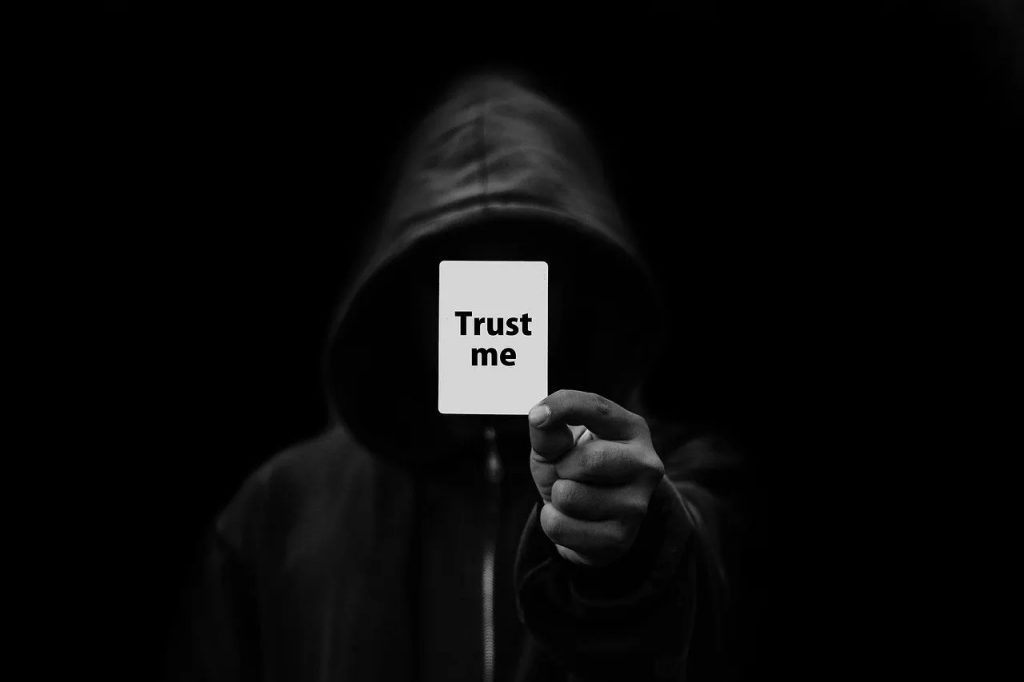
Some priests claimed child abuse was acceptable as per the laws of the Bible
From the late 1990s and right up until 2020, the Roman Catholic church has been embroiled in a scandal involving the sexual abuse of children and young teens by priests.
Tens of thousands of cases have been brought against the church across the world and still it carries on. The Pope astonishingly blamed it on Satan and the 1960s’
One Australian priest claimed child abuse was acceptable as per the laws of the bible. This belief was held by several priests who came out in support of their brethren.
In the present day, there is the belief and knowledge that children are widely subject to physical and sexual abuse and it’s not going away any time soon. As population increases and more people discover their dark desires online then the abuse will continue.
The interest in child abuse is claimed to have been one of the most significant developments of the 1990s, leading in to the 2000s.
Child abuse is one of the reasons why someone might go on to kill
What we do know is that child abuse can sometimes lead their victims to violent crime in their teens or early adulthood. And some, as we’ve already learned from the data provided in the 1970s, go on to become serial killers.
We’ve looked at child abuse from the 1940s as one of the driving factors of the increase in serial killers in the 1970s and 1980s.
If we use the same principle in today’s world, then the huge increase in child abuse from 1990s to 2010s will also influence violent crime from 2020.
That the abuse was rife and more common from the 1990s shows that there may be a rise of serial killing from around the 2030 mark. Though this is all conjecture, a rise in violent crime is a big possibility.
Until child abuse and paedophilia can be eradicated from the world, we should look to psychological methods to help those affected by it.
- What Happens to Cold Cases? The Intricacies and Unsolved Mysteries Explained

- 13 Facts You Need to Know About Levi Bellfield: The Bus Stop Stalker

- How Has Pathology Evolved Over Time? (History of True Crime)

- Trio Convicted of June 2022 Westminster Murder of Adnan Saleh

- How Did Forensic Science Evolve Through History? (History of True Crime)

I feel like there should be more killers who use the internet especially in today's world.
Thanks for this. Anymore podcast lists coming anytime soon??
Not just females.
[…] Not So Heavenly Creatures: The case of two teenage girls who fell in love, created their own religion, entered…
There's a lot more the Italian authorities are not releasing over this case. Makes you wonder the extent of the…
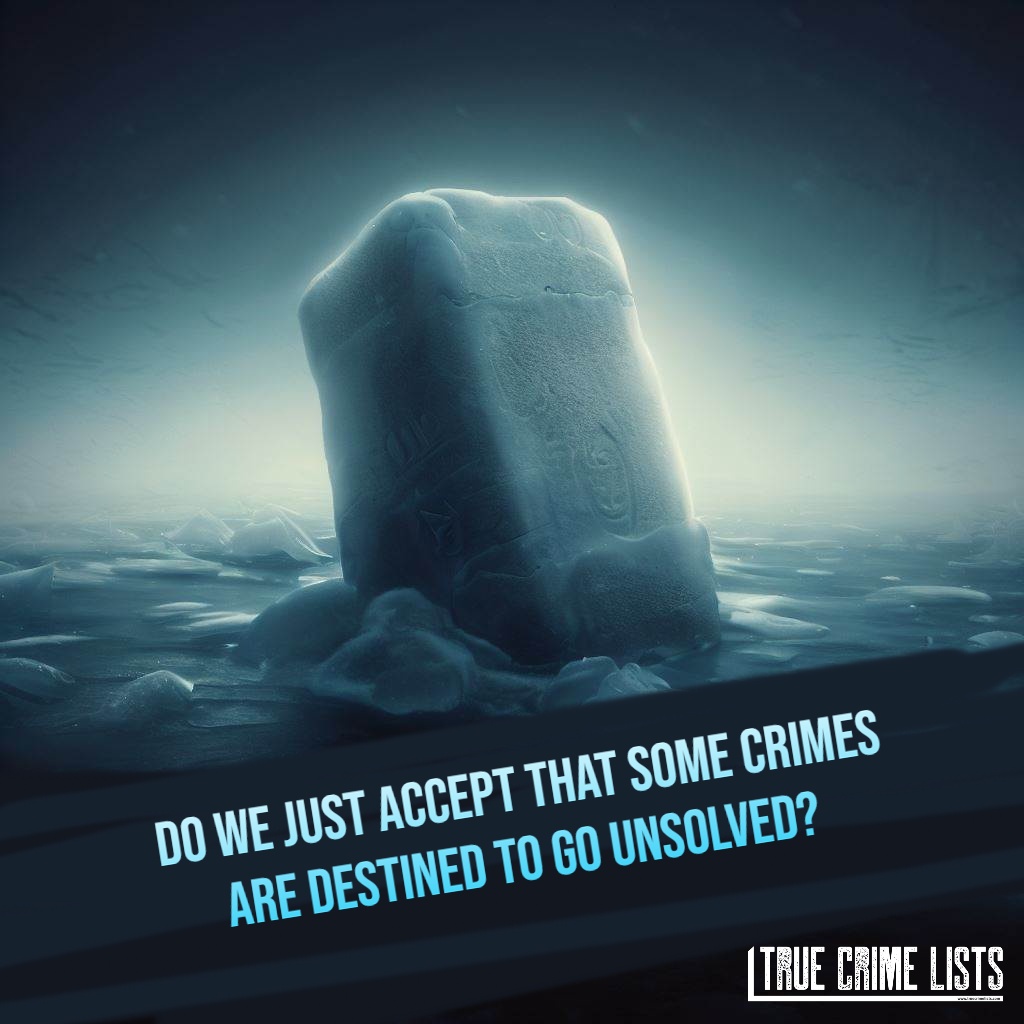
 T
T
What Happens to Cold Cases? The Intricacies and Unsolved Mysteries Explained

 T
T
13 Facts You Need to Know About Levi Bellfield: The Bus Stop Stalker
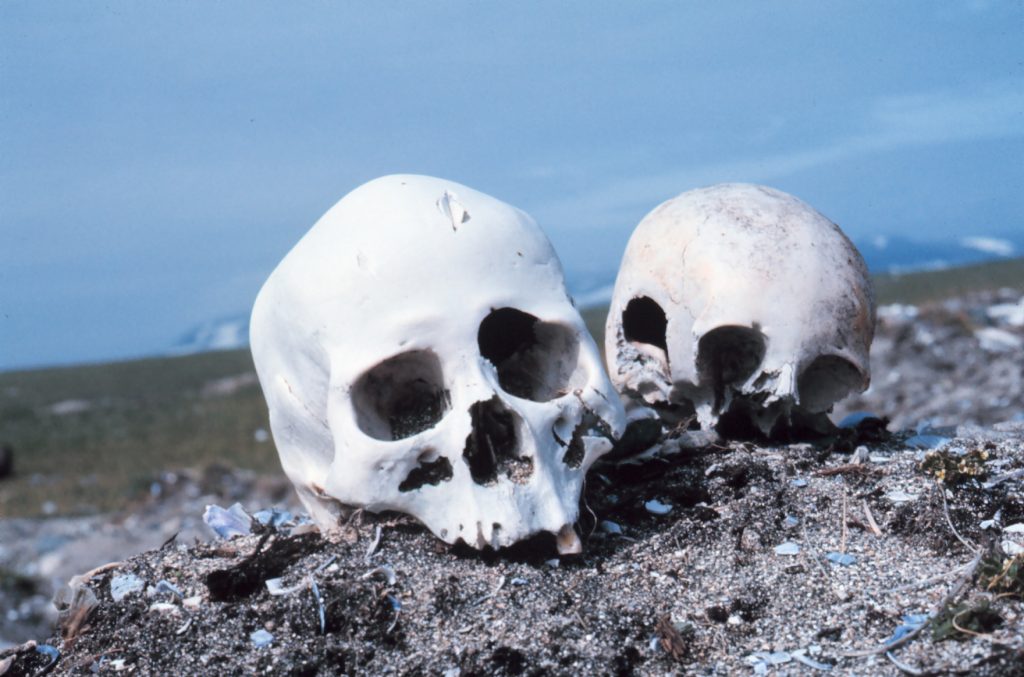
 T
T
How Has Pathology Evolved Over Time? (History of True Crime)

 T
T


